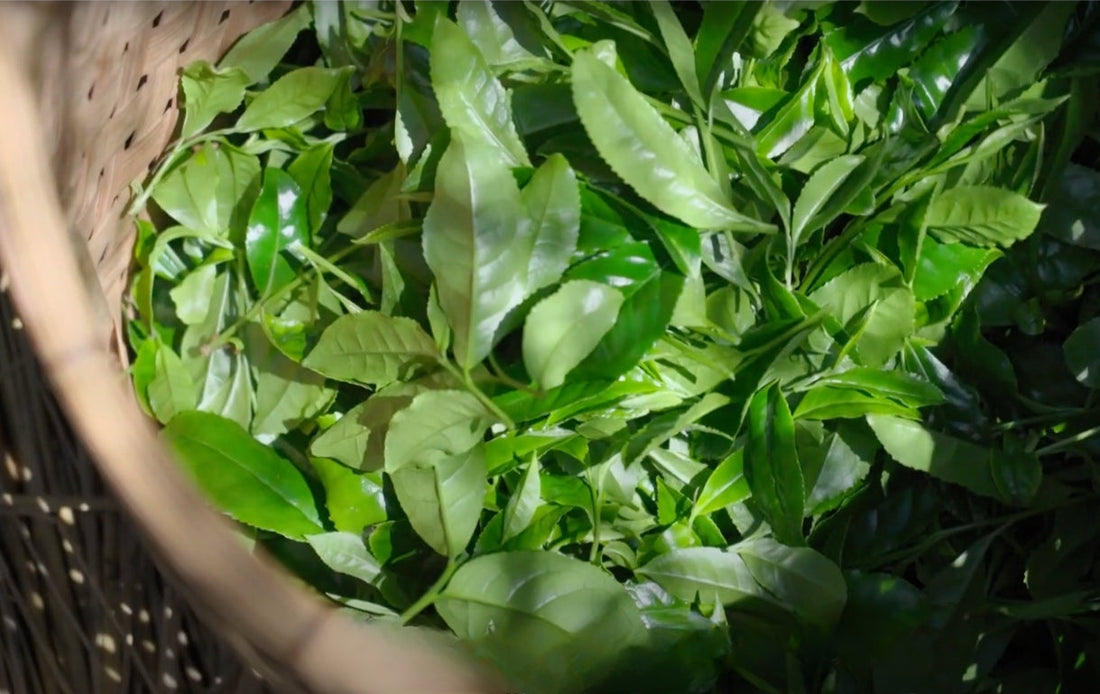
Share
Why Matcha Feels Scarce Right Now — and How We’re Navigating It
If you’ve noticed your favourite matcha selling out faster than usual, you’re not imagining things. Matcha lives in a modern, fast-moving market—but it’s made by plants and craftspeople who can’t be rushed. When global demand jumps overnight, a crop that grows on a once-a-year schedule and a process that prizes patience will feel tight. Add heat-stressed harvests in key regions of Japan, and you get the headlines about matcha shortage you’ve been seeing.
Why matcha is naturally scarce
- It’s a tiny slice of Japan’s tea. Matcha (made from shade-grown tencha) represents only about 6% of Japan’s total tea production. That’s built-in scarcity before trends, weather, or anything else enters the picture.
- Only one chance per year. Tencha is harvested once annually. New plantings need years to mature, so farmers can’t “turn up” production next month to meet a spike in demand.
- Grinding is deliberately slow. Matcha isn’t “made” until tencha is ground into an ultra-fine powder. That grinding happens gradually, not all at once—traditional stone mills produce around 40g per hour to avoid heat and preserve aroma and colour.
What changed this year
- Global demand leapt. Café culture and wellness trends put matcha on more menus worldwide.
- Weather hit core origins. The Kyoto/Uji area—home to many of Japan’s tencha fields—faced extreme heat that trimmed yields just as demand accelerated. Auction prices followed suit.
- Supply can’t catch up fast. Even after a decade of farm shifts toward tencha, biology and craft set the tempo. New acreage takes years to contribute meaningful volume.
Why “any matcha” isn’t a substitute
Matcha quality is inseparable from Japanese terroir, shading practice, leaf handling, and careful milling. Other origins may increase quantity, but top Japanese lots suited for straight whisking remain the benchmark—and those are exactly the lots most affected when harvests are light and mills are already at capacity. This is why you’ll see allocations and waitlists rather than quick fixes.
How scarcity shows up at the shop level
At origin, respected Kyoto producers have publicly limited per‑customer purchases and adjusted pricing to stretch inventory between harvests. On the retail side, that translates into small, timed releases rather than continuously full shelves.
Where Copper Tea stands right now. We are currently sold out of matcha. To avoid overpromising, we’ve paused public restocks until we can confirm inbound allocations. If you’re on our email list, we’ll announce releases as they land.
Why restocks come in waves. Tencha is ground gradually, not all at once; mills are scheduled like any other craft production line. That means finished matcha moves in batches, and shops release it in waves to keep things fair and fresh.
What we won’t do. We don’t pivot to non‑Japanese “matcha” to fill gaps. Our goal is to keep the experience consistent—even if that means waiting for the right lots.
What you can enjoy now. Until our next Japan‑grown matcha release arrives, we have wakocha (Japanese black tea) and hojicha available.
The outlook
Our Uji producer has ordered additional equipment to increase production capacity, with installation scheduled for September 2025. After installation, there will be a ramp period for test runs, milling, quality checks, export, and transit—so Canadian availability will follow after September rather than immediately. Until then, we have only wakocha and hojicha to sell.
We’ll continue prioritizing our lineup intended for straight whisking, keep product pages updated with realistic ETAs and harvest notes, and announce allocations as soon as they’re confirmed.